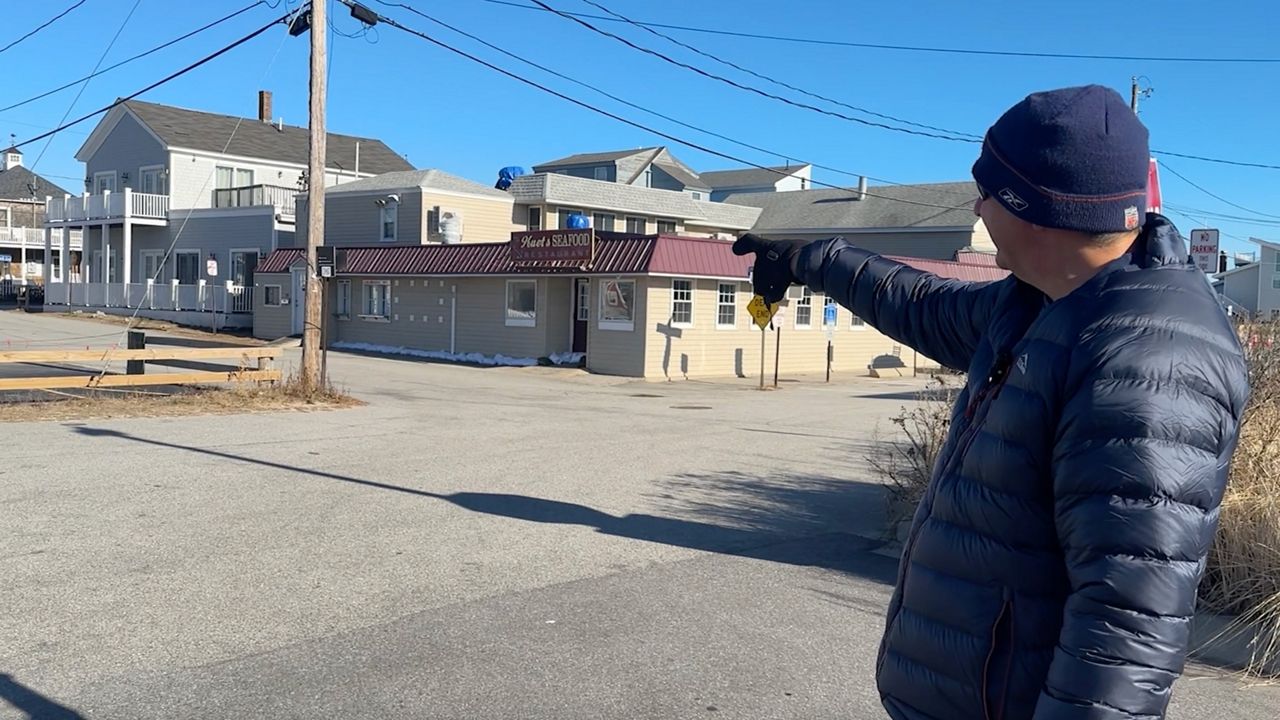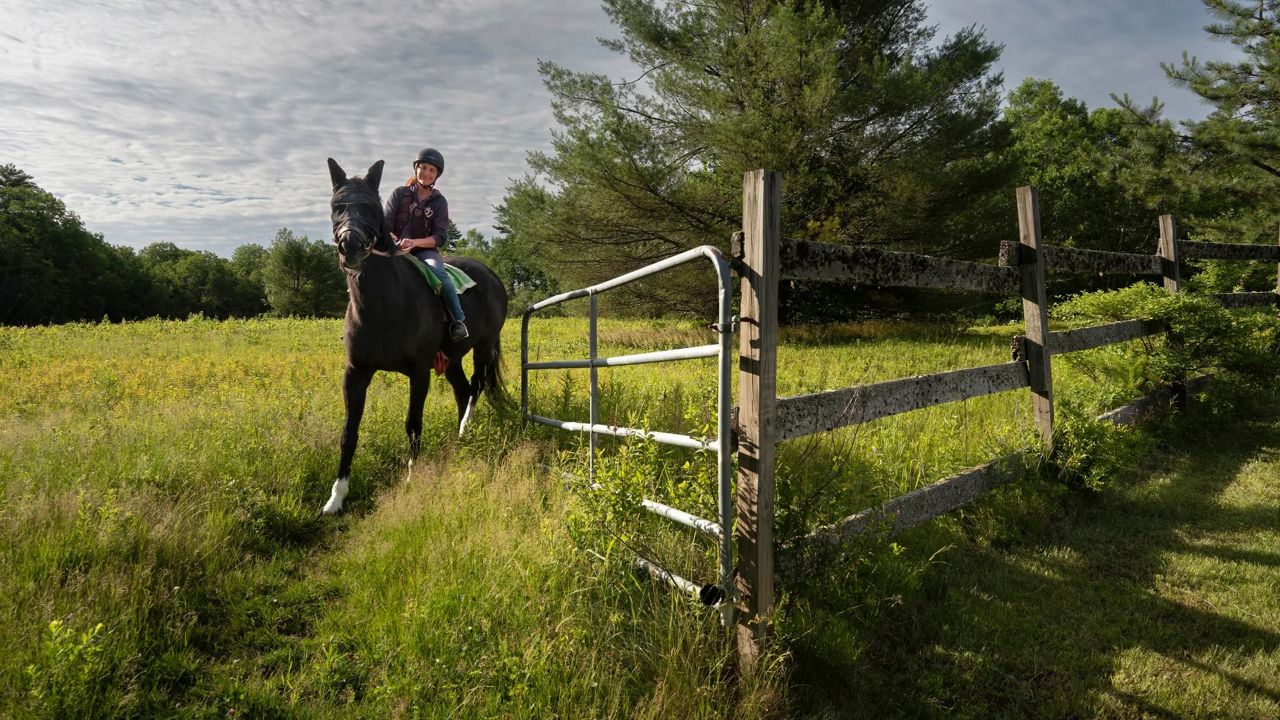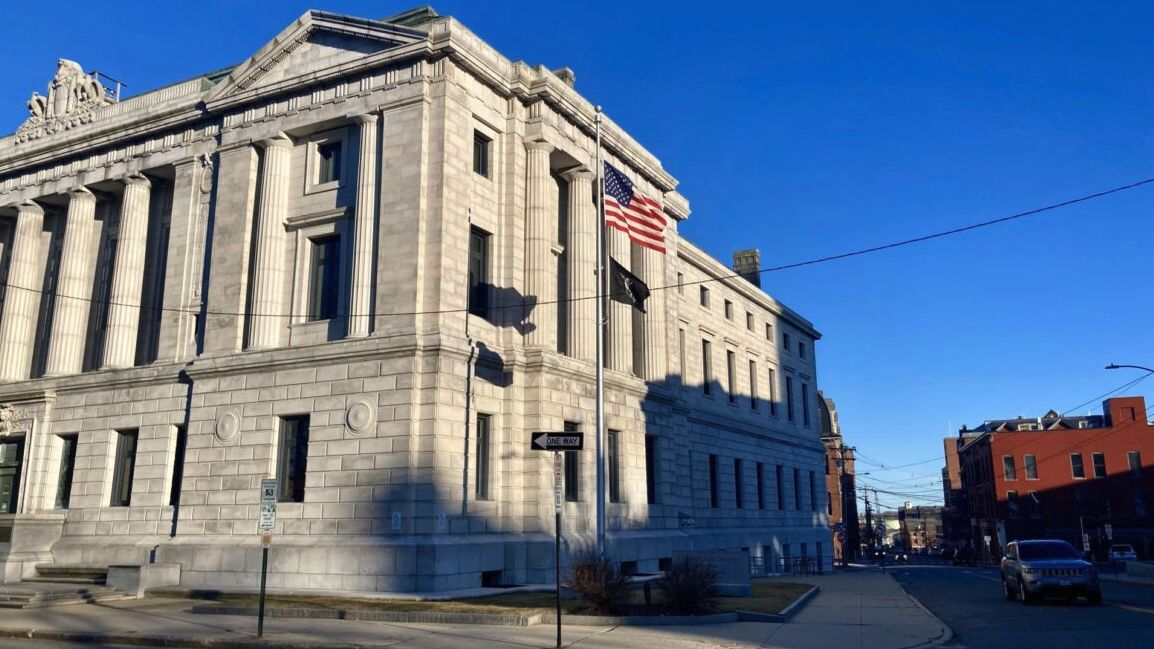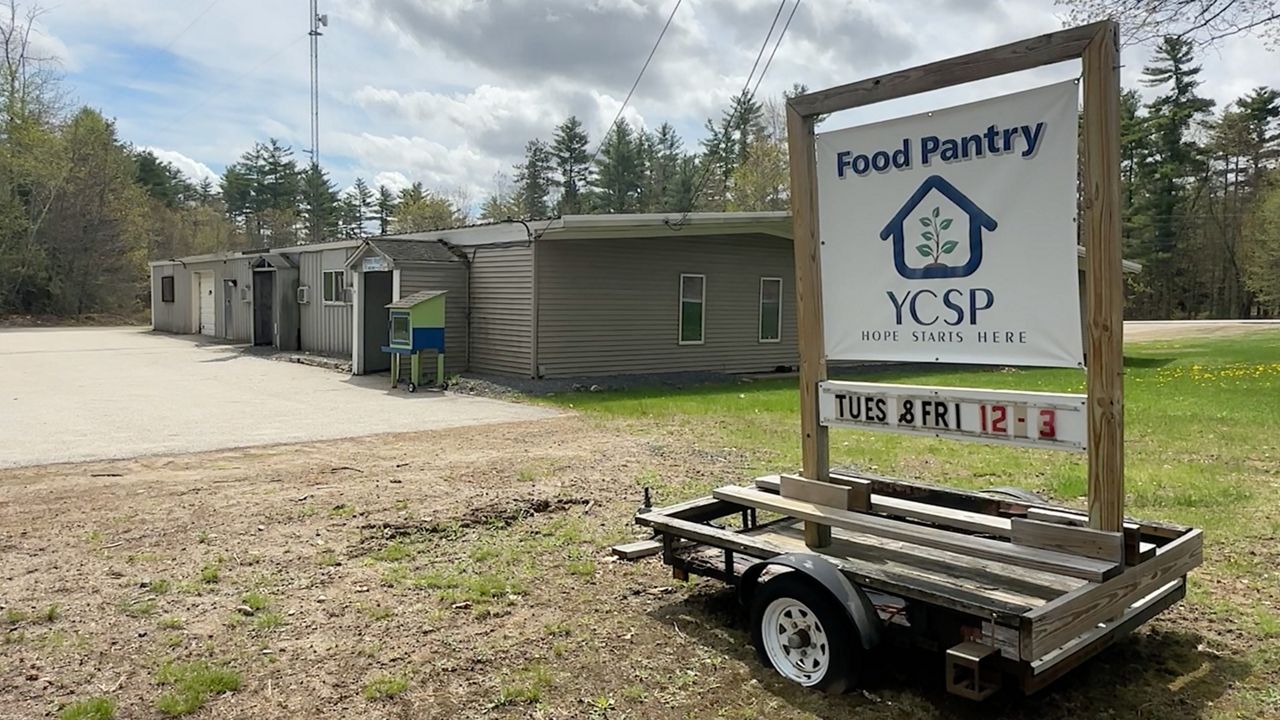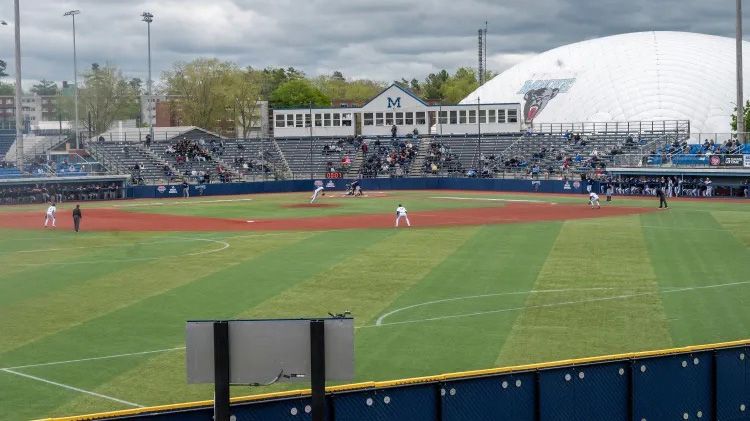A year ago today, the first of a pair of major winter storms struck the state, which combined with astronomically high tides to devastate parts of Maine’s Southern Coastline.
Saco’s Camp Ellis neighborhood was hit particularly hard. Roads were washed out and made impassible. Homes were nearly washed away. Heavy, wet sand stood two feet deep as far as 100 feet inland.
This week, David Plavin, a local resident and president of Save our Shores, a local advocacy group for shoreline resiliency, met with a reporter on Friday and recalled how bad the damage was.
“That guy’s basement was full of sand,” he said, standing on the corner of Riverside and North avenues, pointing at a house with butter-yellow siding.
Plavin walked through the neighborhood, pointing out roads that the city had repaired, and homes that residents had shored up. Some properties no longer had basements, resting instead on permanent pilings, not unlike the stilts that homes rest on in other lowland areas of the country like Florida.
Plavin said it’s a preventive measure, in case Mother Nature comes calling again.
“I think other people are elevating just to get out in front of it,” he said.
Huot’s Seafood, a popular restaurant and longtime anchor of the neighborhood, was also flooded out by ocean surges and rain, but it remains functional. On Friday, the restaurant showed signs of prevention, too, with sandbags along the property line and out front.
Other homes in the area also sported sandbags as a permanent fixture, guarding against incursions of water and sand.
“I think there’s a spirit, that you know, people like living here, and they’re going to do what they need to do to build back and try and build back stronger and maintain what we have,” he said.
Aside from the sandbags and noticeable increase in homes on pilings, there is little sign of the damage that marred the neighborhood a year ago. One garage door was still broken, and there was an occasional boarded-up window, but that was all.
City officials were not able to provide data on how much the cleanup work cost, but Plavin said public works crews spent several months carrying away truckloads of sand and debris. He said he and other area residents were grateful for the city’s help.
“The city of Saco did an incredible job getting this thing cleaned up,” he said.
Relations between the neighborhood and the city were not always so rosy. Ongoing problems with beach erosion – and a historical lack of action by city officials to do anything about it – led to notorious acrimony between Camp Ellis and the city.
But in recent years, that’s changed. New mayoral administrations, a new city manager, and changes in the makeup of the city council have favored Camp Ellis, and now officials are backing residents in trying to stop the erosion before any more homes are lost.
Plavin said the latest sign of goodwill is the 111 Project. After city officials pressured the US Army Corps of Engineers, the corps started the $45 million project, which aims to build a proper breakwater offshore.
Plavin said it won’t actually start for nearly two more years, but he and residents are optimistic that the breakwater will help stop the next big storm from hitting the neighborhood as hard.
In the meantime, however, Plavin said residents will likely keep filling sandbags.
“I think there’s still a little bit of air of resignation,” he said. “You wonder what’s going to happen the next time a storm of that magnitude hits, will we be able to survive it.”





